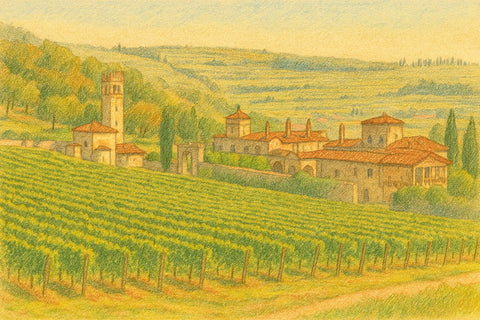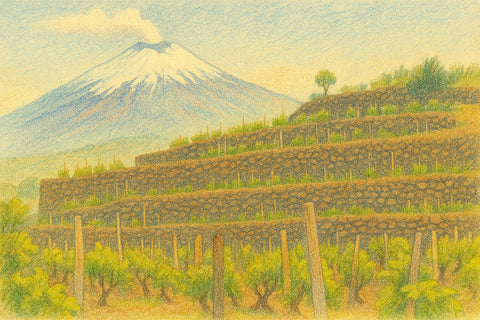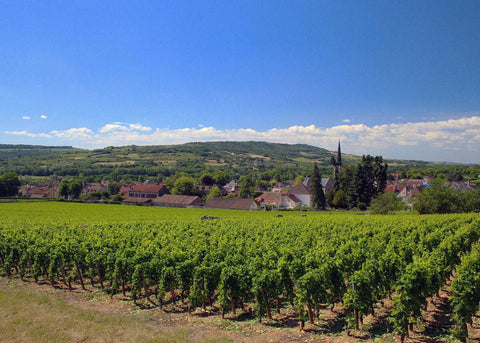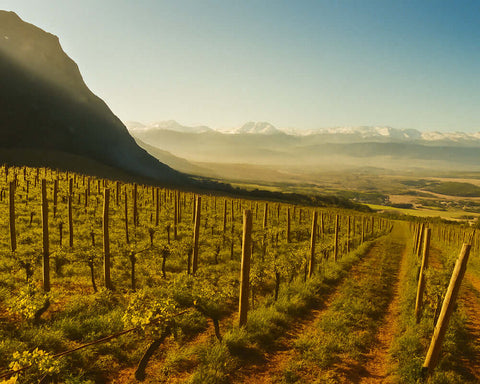Cabernet Sauvignon is one of the world's most renowned grape varieties, celebrated for its versatility and depth. This grape has a fascinating history, distinctive viticultural characteristics, and a significant role in global winemaking.
History and Origin
Cabernet Sauvignon originated in the Bordeaux region of France. It emerged in the 17th century through a natural cross between Cabernet Franc and Sauvignon Blanc. Its genetic robustness and adaptability quickly made it popular among winemakers.
Viticultural Characteristics
Cabernet Sauvignon vines are known for their hardy nature and adaptability to various climates. They thrive in well-drained soils, particularly gravel, allowing deep root systems. The grape clusters are small and dark blue, with thick skins contributing to their high tannin content. This characteristic is crucial for aging potential and flavor complexity.
Global Cultivation
Cabernet Sauvignon is grown in nearly every major wine-producing region worldwide. It dominates Bordeaux blends in France, particularly in the Médoc and Graves regions. California's Napa Valley is renowned for its high-quality Cabernet Sauvignon wines in the United States. Other notable regions include Chile's Maipo Valley, Australia's Coonawarra, and South Africa's Stellenbosch.
Wine Characteristics
Wines made from Cabernet Sauvignon are typically full-bodied with high tannins and noticeable acidity. They exhibit various flavors, including blackcurrant, black cherry, mint, and eucalyptus. As the wine ages, it develops more complex notes like cedar, tobacco, and leather. The high tannin content allows for excellent aging potential, often improving with decades of cellaring.
Winemaking Techniques
Winemakers employ various techniques to optimize the qualities of Cabernet Sauvignon. Fermentation usually occurs in stainless steel or oak, with extended maceration periods to extract tannins and color. Aging in new oak barrels is common, imparting additional flavors and enhancing complexity. Blending with other grape varieties like Merlot, Cabernet Franc, and Petit Verdot is also a traditional practice, especially in Bordeaux blends.
Food Pairing
Cabernet Sauvignon's bold flavors and high tannins make it an excellent match for rich, flavorful dishes. It pairs well with grilled meats, especially steak, lamb, and game. The wine's acidity and tannins complement dishes with high-fat content and robust flavors, such as aged cheeses and hearty stews.










